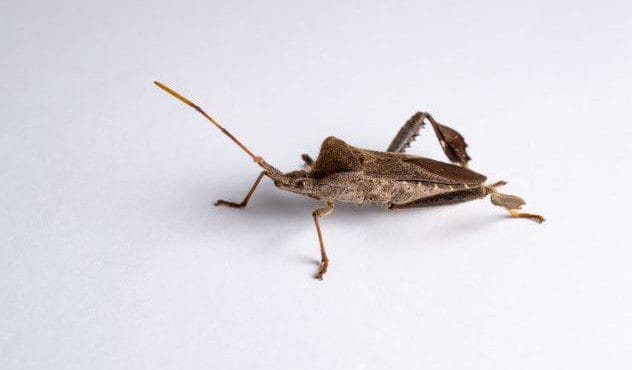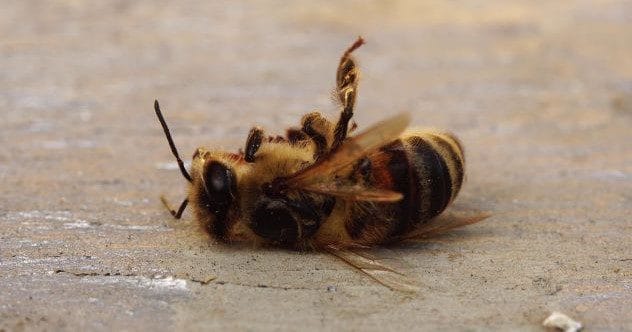Nature can be brutal. Survival often depends on extreme measures, like animals willingly detaching parts of their bodies—a phenomenon called autotomy. Let’s explore ten creatures with this incredible ability!
What is Autotomy?
Autotomy, or self-amputation, might sound extreme, but it’s a survival strategy that can offer significant advantages. Even humans have been known to amputate limbs in life-or-death situations.
10 Lizard Tails
If you’ve ever caught a lizard by its tail, you might have been surprised when the tail detached and wriggled in your hand as the lizard escaped. Why do they do this?
A lizard’s tail aids in movement, balance, and fat storage. However, it’s also an easy target for predators. By dropping its tail, the lizard confuses the predator with the still-wriggling appendage, allowing it to escape. Lizards have fracture lines in their spines for clean breaks and can regenerate their tails, though the regrown tail is often imperfect.
9 Sea Cucumber Evisceration
Sea cucumbers have an even more dramatic self-amputation tactic: evisceration. When threatened, they expel their internal organs out of their cloaca.
These simple creatures, lacking a brain, react to danger by ejecting a mass of sticky, sometimes toxic, viscera at predators. This buys them time to escape, and they can later regrow the lost organs. Sometimes, they even eviscerate themselves to get rid of parasites.
8 Mating Spiders
For male spiders, mating can be a dangerous affair. Some female spiders eat their mates after the act. To ensure their genes prevail, some male spiders use copulatory plugs.
After mating, the male (or sometimes the female) will block the female’s mating parts with a hardened fluid. In some cases, the male chews off his pedipalps (which function like a penis) and leaves them as a mechanical blockage, preventing other males from mating.
7 Spiny Mice Skin
Spiny mice from Kenya have incredibly fragile skin. If handled roughly, they can shed large patches of skin to escape predators.
They can lose up to 60% of their skin at once and regrow it, along with fur and cartilage, quickly. This remarkable ability is nearly scar-free. Studying spiny mice could provide insights into skin regrowth treatments for humans.
6 Rodent Tails
Like lizards, some rodents also use their tails as an escape mechanism. When grabbed by the tail, they can shed the skin covering it, a gruesome act known as degloving.
The predator is left with a mouthful of skin while the rodent escapes, leaving the vertebrae and muscles of the tail behind. Cotton rats even perform a spin to loosen the skin before it detaches.
5 Insect Limbs

The leaf-footed cactus bug, found in North and Central America, can detach its limbs when necessary. Adult insects can’t regrow lost limbs, so why do they do it?
If a leg becomes trapped or injured, the bug will sever it to avoid starvation, bleeding, or infection. Interestingly, males who lose a hind leg experience larger testicle growth, increasing their chances of fertilizing a female’s eggs.
4 Scorpion Tail (and Anus)
Some scorpion species can detach their tail when threatened, but there’s a significant downside: they also lose their anus.
When an Ananteris scorpion is grabbed by the tail, it breaks off, continuing to move and sting to confuse the predator. However, the scorpion is left unable to defecate and can only catch small prey. Despite this, they can survive for months and still successfully mate.
3 Bee Mating
For male bees (drones), mating is a one-way ticket. Drones spend their lives waiting to mate with a new queen.
When a drone mates, it grasps the queen and inserts its endophallus. The force causes the endophallus to break off inside the queen, pumping all its sperm inside. The drone then falls to its death. The queen stores the sperm and uses it to fertilize all her eggs.
2 Cephalopod Sex Arms
Male cephalopods, like octopuses and nautiluses, have specialized tentacles called hectocotyli to transfer sperm to females.
Sometimes, the male inserts the tentacle into the female. In other cases, the male tears off the sperm-carrying tentacle and gives it to her. Argonauts detach the tentacle, which then swims independently to impregnate the female. This evolved because males are much smaller than females, so launching their “sex arm” is more efficient.
1 Sea Slug Decapitation
Perhaps the most bizarre example of self-amputation is seen in some sea slugs. They can decapitate themselves and survive.
Researchers observed that the head of a sea slug could detach itself and continue to move around, even feeding. The headless body also continued to move. It’s believed this is a response to parasite infection. The slug regrows an entire body while surviving by incorporating algae into its cells and using chloroplasts for energy.
Conclusion
From dropping tails to self-decapitation, the animal kingdom showcases incredible adaptations for survival. Autotomy is a testament to the relentless drive to live and pass on genes, even at the cost of body parts.
What do you think of these self-amputating animals? Which adaptation surprised you the most? Leave your comment below!








